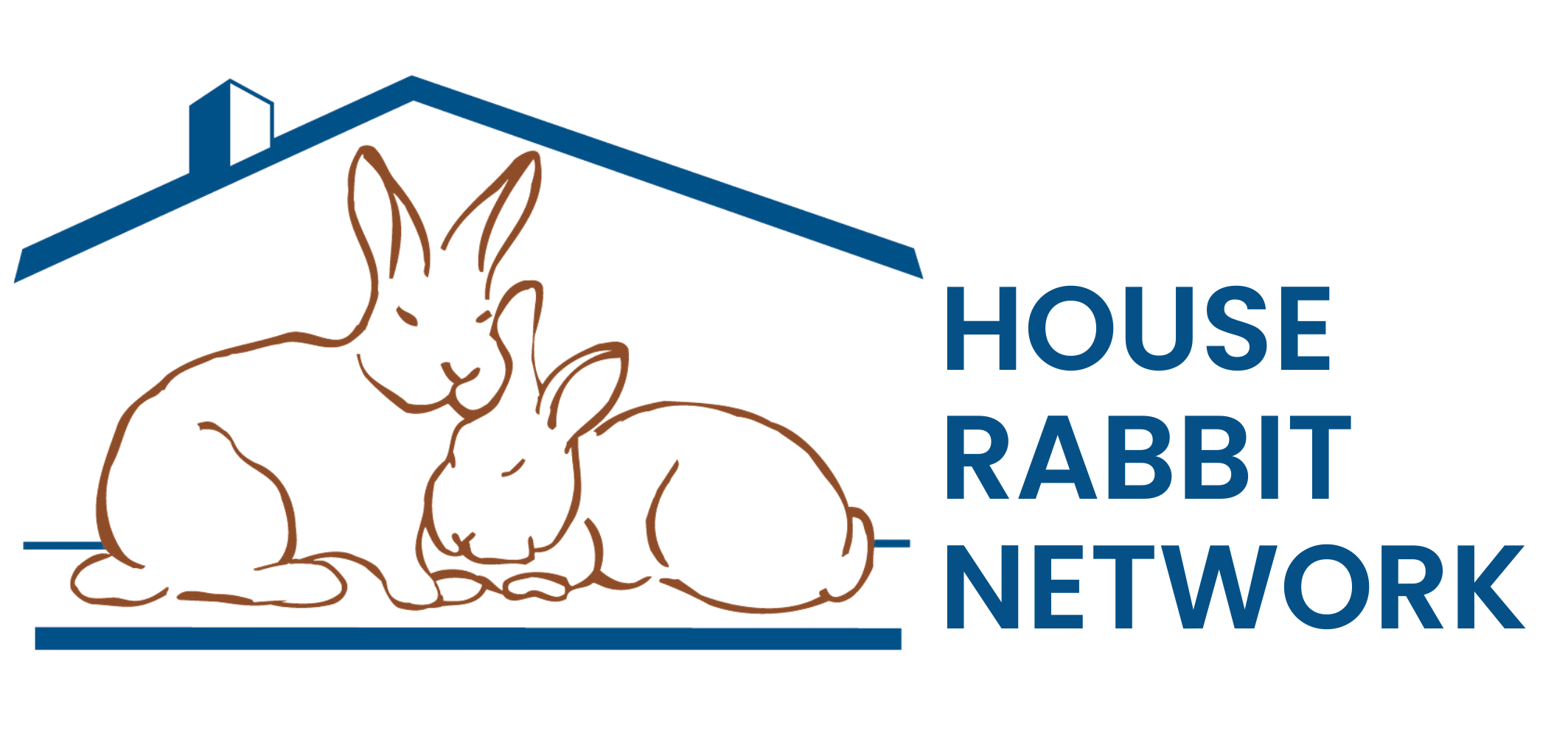Obesity Kills
It is deeply sad to see a bunny in pain from arthritis, urine scald, and sore hocks- especially in the fat bunny where these secondary diseases of obesity are entirely preventable. Bunnies with extra weight can develop problems from the mechanical stress like sore joints, pressure sores, and increased effort breathing. They are also at greater risk during anesthesia, which can mean important procedures such as spays and molar trims need to be delayed. Extra fatty weight also increases the risk of cancer by increasing inflammation throughout the body.
Fat bunnies have a hard time taking care of themselves. They tend to have “poopy butt”, resulting from the inability to eat cecotrophs (the soft stool bunnies produce as a normal part of digestion) as they are coming out of the anus. Partly this is because of overly rich nutrition causes uneaten cecotrophs, and partly because the bunny is too round to reach around and clean up. A soiled and smelly back end can lead to fly strike, where flies lay eggs that hatch into maggots on the dirty skin, which can be fatal. And it is hard to snuggle a stinky moist bunny who leaves butt prints!
Obesity is caused by overfeeding or a poor diet. I recommend no pellets for any adult bunny (except some wool breeds), unless they are thin or geriatric. The closer we feed our bunnies to their archetypal natural diet, the healthier they are. Wild bunnies eat grasses, which in dried form are different types of hay, and they forage on certain vegetables. Wild bunnies do not contract out with feed companies to mill various grains and grasses into pellets, which are too easy to gulp down and just fall apart in the mouth- this leads to tooth problems in addition to overeating. Wild bunnies also do not milk cows to make yoghurt treats, go grocery shopping for tortilla chips and Cap’n Crunch cereal, or have access to a lot of fruit. Feed your bunny like a wild bunny for optimal health!
Lack of exercise contributes to obesity. The fatter the bunny gets, the less s/he will want to run around. Bunnies need the chance to stretch their legs and explore. Most bunnies exercise in little spurts of activity, not a continuous 30 minutes of cardio on a machine. They need the opportunity to get out of their cage and do a few hops here, a binky there, during their active times of morning and evening. Bigger cages (or going cage free), and a bunny bonded partner can also help a bunny stay interested, engaged and active. Toys are critical for physical and mental health- try an old phone book, a cardboard box, baby keys, or empty toilet paper rolls stuffed with hay. My bunnies love their large thick cardboard tubes (sold for pouring concrete into for posts at the home improvement stores) for running through, gnawing, and redecorating. Rotating the toys in the environment can keep things fresh and exciting.
Some bunnies are genetically destined to struggle with weight, while others won’t become obese no matter how poor the nutrition and environment. Yes, it can be difficult to resist a bunny sitting pretty, wiggling her nose for a raisin, or stomping on your feet when you open the fridge. The long term consequences of treats and extra snacks need to be weighed against the immediate gratification, though. As the guardian to our bunnies, however, we are obligated to fight for their well being.
©Astrid M. Kruse, DVM
